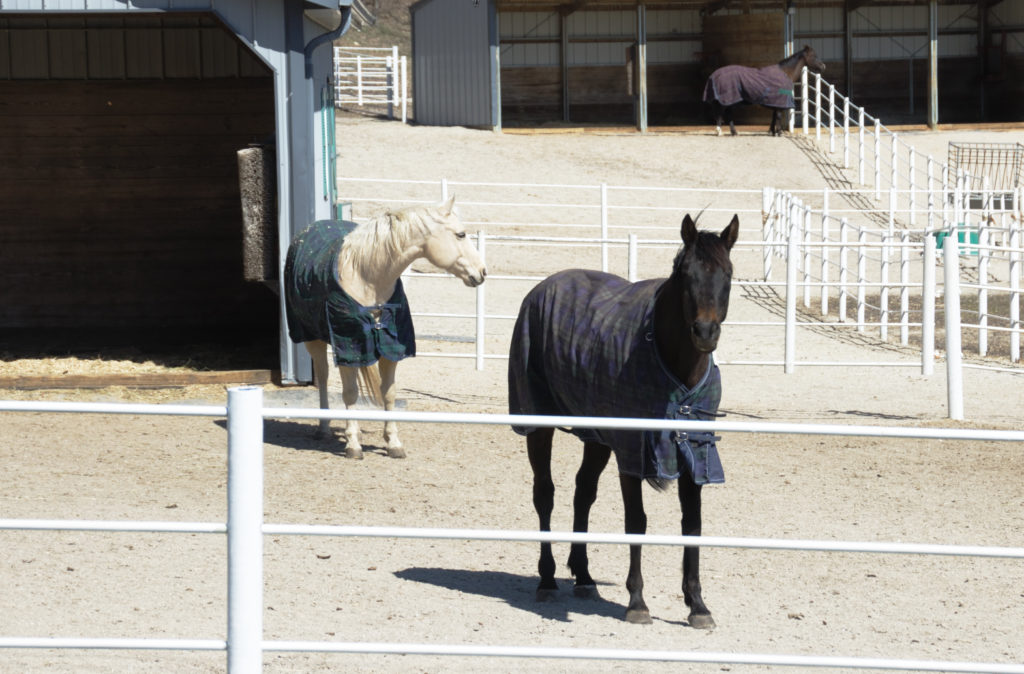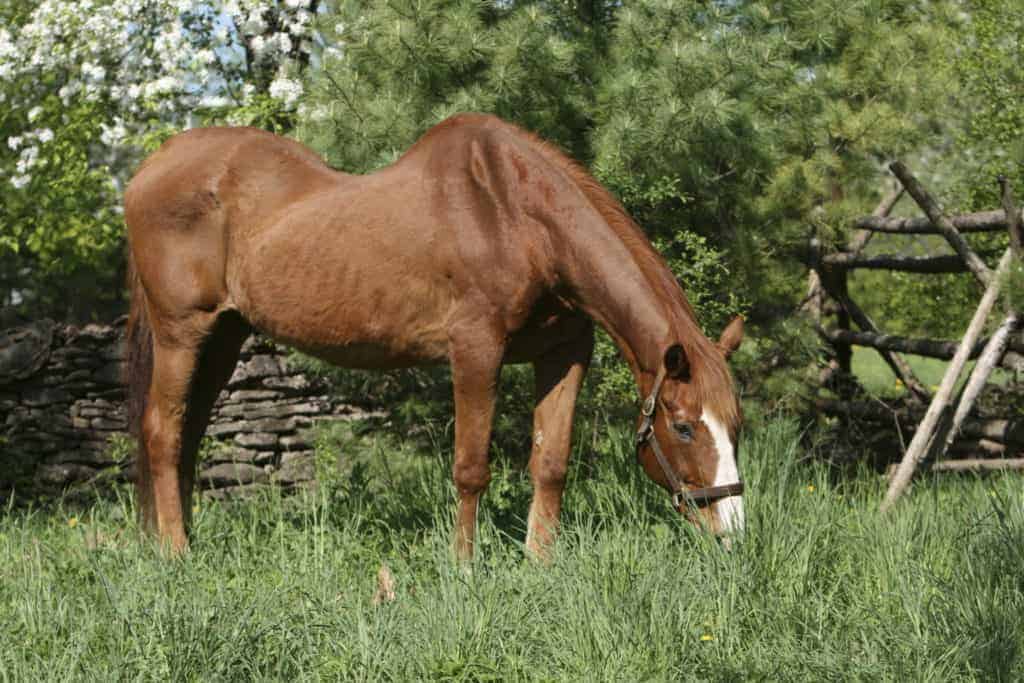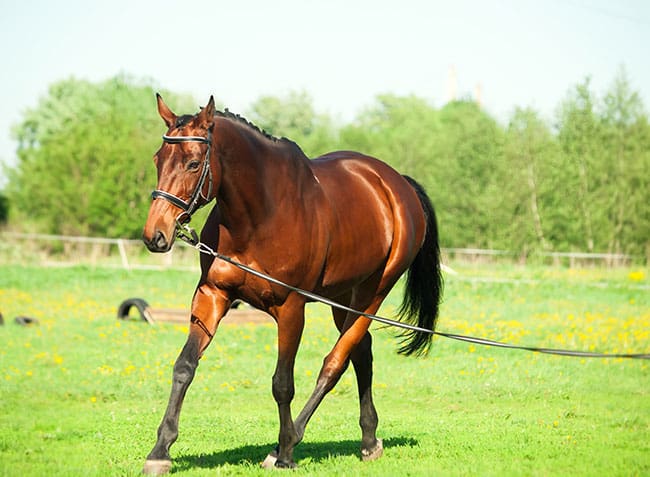
Equine Back Pain: Dr. Kent Allen’s Bag of Diagnostic and Treatment Tricks
Veterinarians need to assess horses, diagnose the cause of pain, and start medical management early for the best prognosis.

Veterinarians need to assess horses, diagnose the cause of pain, and start medical management early for the best prognosis.

Learn about this therapy designed to provide support and stability to muscles and joints without restricting their range of motion.

The body delivers blood to help tendons heal. Power Doppler can identify when blood is present in horses’ injuries that veterinarians might otherwise believe to have recovered.

Learn why this fetlock injury occurs and how veterinarians diagnose it.

Sometimes rest is the best recipe for recovery for an injured horse. Learn about the science of healing, aggressive vs. conservative treatment, and exercise rehabilitation.

One veterinarian weighs the pros and cons of available imaging modalities when it comes to diagnosing common fetlock injuries.

Standing surgeries on sedated horses can provide good, if not better, results than equivalent surgeries on fully anesthetized horses, without the added costs and complications.

Your horse might not be getting enough vitamin E and not show any obvious signs. Or, he could have severe disease. Dr. Carrie Finno explains.

As horses get older, they face common age-related conditions and diseases that require management and care. Learn more about those conditions and diseases in this slideshow.

Researchers at North Carolina State University have developed a PRP lysate that, when teamed with antibiotics, can eradicate bacterial biofilms common in joint infections.

Stride changes during races and works could help identify horses at risk of impending injury.

Is frequent circular exercise linked to osteoarthritis?

Study: Amikacin is indeed toxic to cartilage, synovial cells, and stem cells. When used preventively for joint injections, lower doses are likely warranted.

Pilot study: 82% of unsound racehorses with osteoarthritis treated with 2.5% PAAG joint injections showed no signs of lameness six weeks after treatment.

A deep branch lateral plantar neurectomy and fasciotomy procedure can get affected horses back to work.

Seven measurement tools and methods veterinarians can implement into equine rehabilitation programs to track progress.
Stay on top of the most recent Horse Health news with
"*" indicates required fields